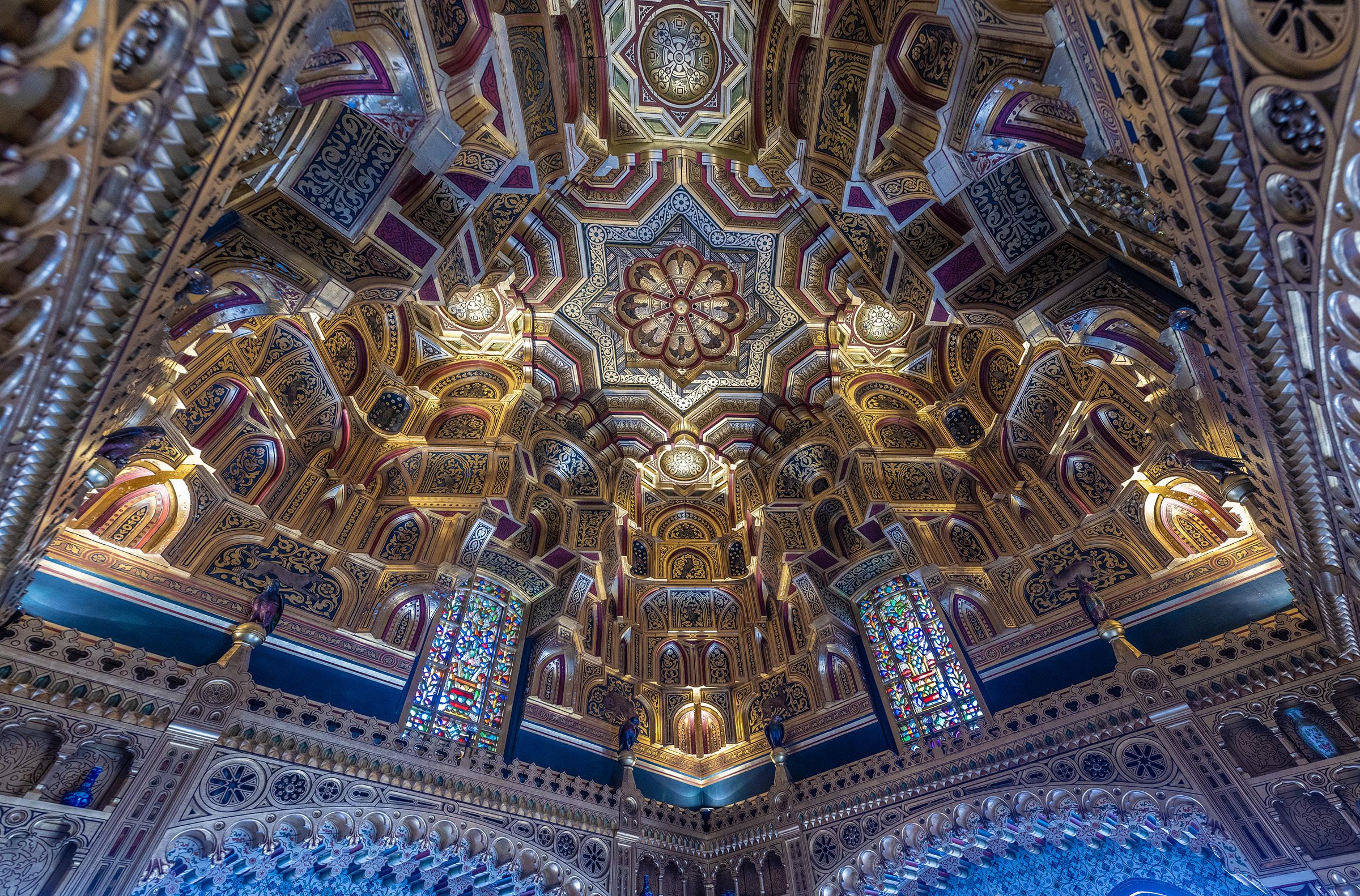
2 minute read
Ethiopia Photo Tour
Jan, 21 - Feb. 3, 2025

Sometimes you’ll find access to your custom functions on a dial on top of the camera, as in the image at right, and with other models these controls will be located in a menu. They all work basically the same.

Here is how you set up a custom function. Decide on all the settings needed for a specific type of shot. Landscapes, for example, usually require a small lens aperture for maximum depth of field. Ok, so set the lens to f/32. If you like to shoot in aperture priority, set that as well. For the ISO, typically landscape photographers use low ISO settings because they are using a tripod. Set it at 200. The best white balance option for landscapes is almost always daylight, so set that, too.
Now you have to set the HDR options. In the menus, choose the number of frames for each HDR sequence. I typically use 5 frames for landscapes with a one f/stop incremental change in exposure between each frame. Once that is set, it’s necessary (and very important) to set the frame rate. I always choose the fastest frame rate available on the camera. This minimizes misalignment and helps the software stack all the images. If your camera’s fastest frame rate is 20 fps, then that’s what you should choose.
At this point, you are finished with the camera settings. The only thing left to do is register these settings with one of the custom function options, presumably (if this is your first one), you’d choose C1. Each camera method for locating C1 is different, but as I indicated, it will either be on top of the camera or in one of the menus. Choose C1, and then choose register and set.
If you also use HDR for dim environments, such as large cathedrals and dim cavernous palace and castle interiors, you’ll need a C2 function that stores different camera settings. For example, instead of f/32 for complete depth of field, you’ll need the largest aperture the lens has to offer to gather as much light as possible. Usually in famous places visited by throngs of tourists, tripods are not allowed. That was the case in the interior of Castle Coch, in Wales, on the previous page and in the ‘Arab Room’ in Caridiff Castle, also in Wales, below. Therefore, set the wide angle lens to its largest aperture, the ISO to (probably) 3200, and the white balance to tungsten which produces correct colors with (presumably) tungsten or incandescent indoor light fixtures. For the number of frames in the HDR sequence, I recommend 7. The more contrast you have in a scene -such as brightly backlit stained glass windows and deep shadows under arches -- the more frames you’ll need to show detail throughout the final composite.

All other settings can remain as you’ve chosen them for C1. In the camera’s menu, register all of these new settings to C2. When you want to shoot a dim interior with HDR, all you have to do select C2 and all of the camera settings are perfect for you. It’s possible to change any of the settings at will; it’s good to know you have this flexibility. §










